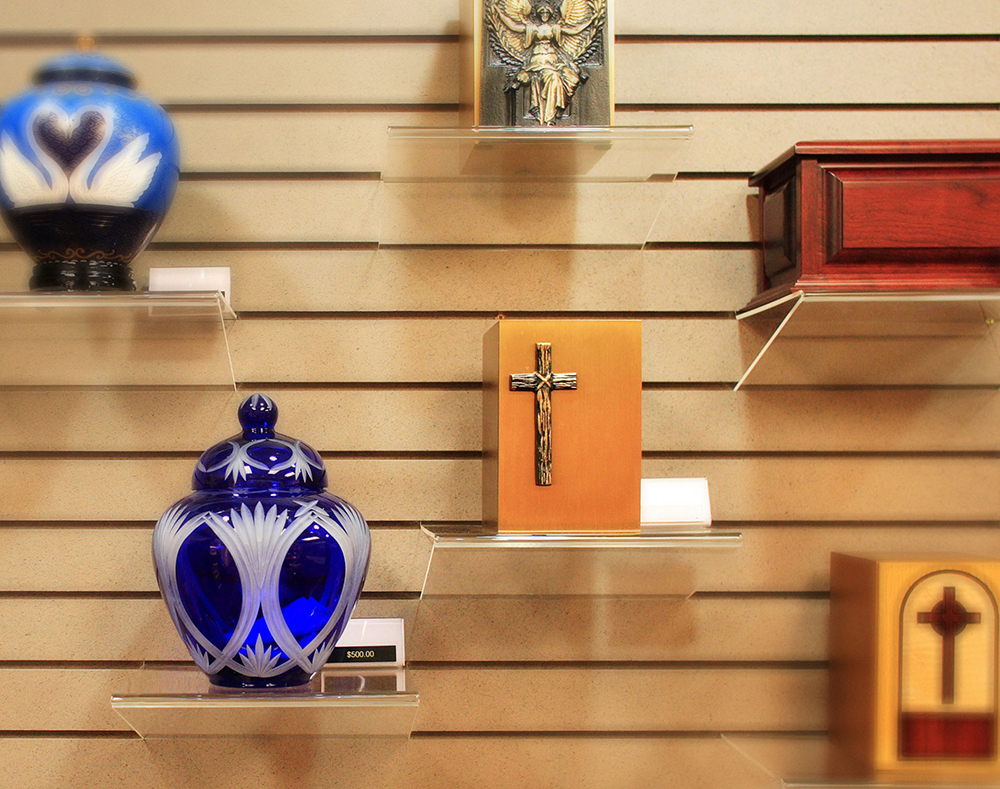The most up-to-date instruction from Rome on burial and cremation was issed in 2016 from the Vatican’s Congregation for the Doctrine of the Faith, with the approval of Pope Francis. The instruction on “the burial of the deceased and the conservation of the ashes in the case of cremation.”
In response to the rise in cremation throughout the world, the Curial office charged with defense of Church doctrine has issued the new instruction, reiterating an earlier 1963 instruction that maintains cremains are to be buried, meaning not to be spread or kept by family or friends.
The Church recognizes there are legitimate reasons for cremation including “sanitary, economic or social” circumstances but it states that “the ashes of the faithful must be laid to rest in a sacred place, that is, in a cemetery or, in certain cases, in a church or an area, which has been set aside for this purpose, and so dedicated by the competent ecclesial authority.”
While the Church recognizes that cremation itself is not in direct opposition to Catholic teaching on the soul’s immortality or the hope of the resurrection of the dead, the practice happens today under a variety of pretenses that deny what the Church believes about death and resurrection of the dead.
The new instruction reminds the faithful to avoid public denial of the faith and “every appearance of pantheism, naturalism or nihilism.” Today, the Church recognizes that cremation is frequently connected to “erroneous ideas about death, such as considering death as the definitive annihilation of the person, or the moment of fusion with Mother Nature or the universe, or as a stage in the cycle of regeneration, or as the definitive liberation from the ‘prison’ of the body.”
And so, the proper disposition of cremains are expected of the faithful because of how it reflects the Church’s faith. The instruction has made clear the reason why cremains are not to be kept in private homes. It may be done only in exceptional circumstances, with permission of the diocesan bishop or conference of bishops.
Likewise, cremated ashes are not to be scattered in the atmosphere or made into jewelry or keepsakes. The instruction reminds Catholics that cremation is not permissible under such circumstances because it is irrelevant to the legitimate reasons for it.
The burial of ashes or their reservation in a sacred place “ensures that they are not excluded from the prayers and remembrance of their family or the Christian community” — an essential practice of the Faith. Burying the cremains preserves the deceased’s memory and makes it easier to remember them in prayer, as well as avoids the possibility of “unfitting or superstitious practices.”
As those who have died “remain part of the Church,” the instruction presents a good reminder to Catholics that burying them in blessed ground or sacred places encourages prayer on behalf of the deceased by members of their family and the entire Christian community.
Significantly, the instruction maintains that when considering the Church’s teaching about those aspects of the Faith and its teaching on human dignity she “continues to prefer the practice of burying the bodies of the deceased, because this shows a greater esteem towards the deceased.”
The new CDF instruction reiterates that this issue can only be addressed in the wider sphere of Christian understanding and belief regarding death. All of the Church’s activity surrounding death and burial practices must always proclaim the hope of the resurrection, the instruction says, going on to quote the early Church Father Tertullian who wrote “The confidence of Christians is the resurrection of the dead; believing this we live.”
The Church’s burial practices, it says, “confirms her faith in the resurrection of the body, and intends to show the great dignity of the human body as an integral part of the human person whose body forms part of their identity.”
Michael R. Heinlein is editor of Simply Catholic. Follow him on Twitter at @HeinleinMichael.

